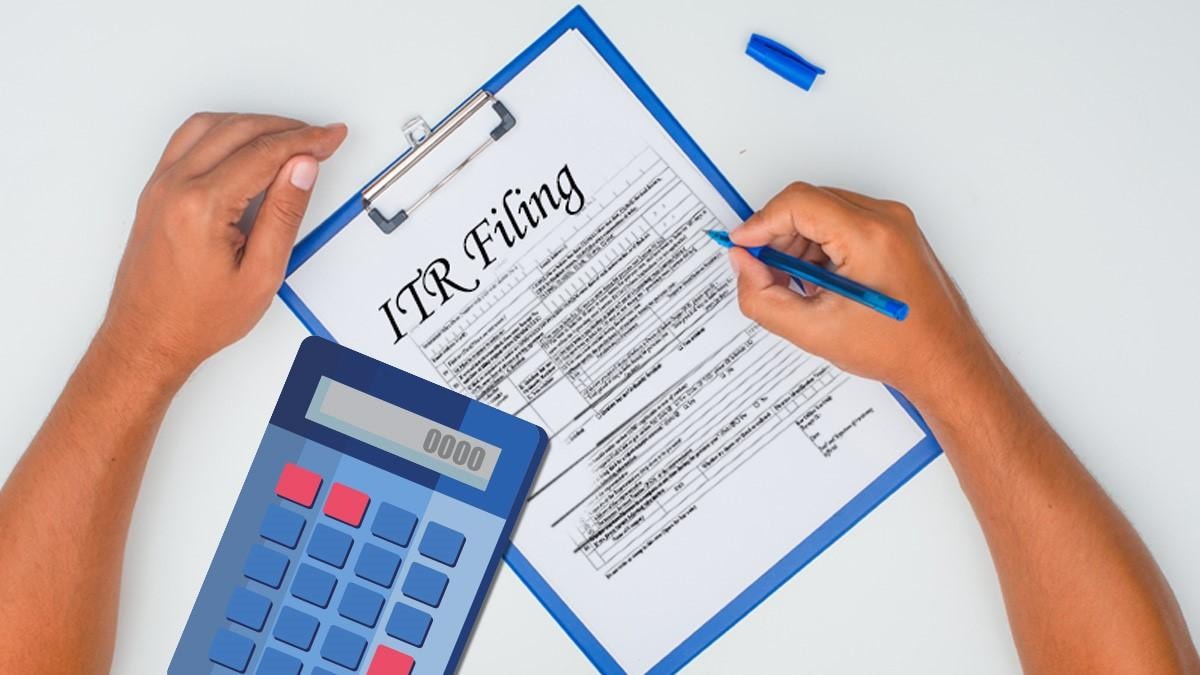If you file an Income Tax Return each year, you will find this news to be beneficial. Information regarding ITR forms ITR-1 and ITR-4 for the fiscal year 2023–24 (AY 2024–25) has been released by the Central Board of Direct Taxes (CBDT). The deadline for CBDT to file returns is set for July 31, 2024. This time, CBDT has informed the ITR form seven months in advance of the deadline, assuming no modifications are made to the deadline. The Income Tax Department sent out this notice on December 22, 2023.

Notification of ITR forms three months before March 31st
The Income Tax Department had already released the forms for the fiscal year 2022–23 (AY 2023–24) in February 2023, not long after the 2023 Budget. The forms were distributed this year three months ahead of the deadline for the current fiscal year, which is March 31st. According to experts, in that case, taxpayers won’t have access to correct information about their total income before the fiscal year ends. A person can file an ITR-1 if their total income from all sources does not exceed Rs 50 lakh. Your income is derived from several sources, including wages, rental income from properties, interest, dividends, and other sources, in addition to earnings from farming and other sources.

Only under the old tax system is filing possible.
The taxpayer may not always utilize ITR-1. A director of a company or a shareholder in unlisted equity shares. In addition, if TDS has been applied to a person’s cash withdrawal under section 194N, or where income tax has been delayed on an ESOP. To file an ITR for the fiscal year 2023–24 (AU 2024–25), an individual needs to select the prior tax regime. By default, the new tax system is now in effect. The 2023 budget automatically introduced the new tax structure. Thus, unless an individual chooses to not participate in the new tax system, his tax in the online ITR form will be calculated based on the new tax regime. Under the new tax regime, there is no facility for tax rebates like HRA, LTA, Section 80C, 80D, etc. However, you can claim a standard deduction of Rs 50,000 for the salaried class.

Taxpayers are being made
aware of the payment of advance income tax through a campaign that the Income Tax Department is executing. On any individual’s anticipated income for the fiscal year, advance income tax is paid. Businesses also have to pay advance tax. If an individual’s income tax burden (after deducting TDS) is above Rs 10,000 in a given fiscal year, they must pay advance income tax, regardless of whether they work for a company or freelance.
Read More: Redmi Note 13 Pro 5G will be launched on 4 Jan with these features
| |
 Facebook Page Facebook Page | Click Here |
 Twitter Twitter | Click Here |
 Instagram Instagram | Click Here |



